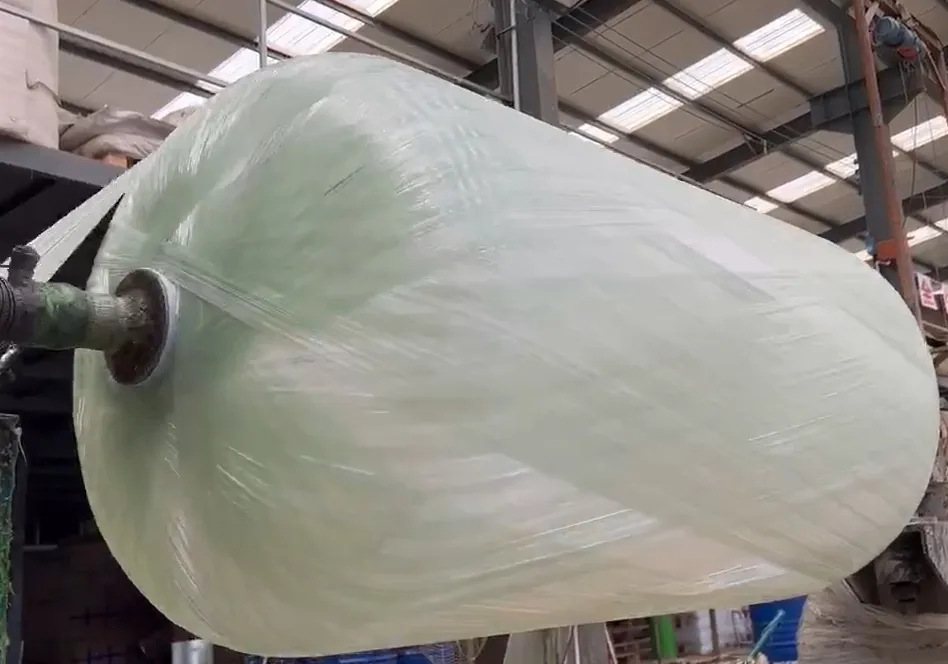loading...
- No. 9, Xingyuan South Street, Dongwaihuan Road, Zaoqiang County, Hengshui, Hebei, China
- admin@zjcomposites.com
- +86 15097380338
- Welcome to visit our website!
Understanding Pipe Sizes in CHS Systems for Effective Applications and Installations
Understanding CHS Pipe Sizes A Comprehensive Guide
When it comes to construction, engineering, and various industrial applications, the selection of the correct pipe size is crucial. One specification that often comes into play is Circular Hollow Sections (CHS), which are widely used in structural applications. This article aims to provide insights into CHS pipe sizes, including their dimensions, applications, and considerations for selection.
What are CHS Pipes?
Circular Hollow Sections (CHS) are structural steel components characterized by their circular cross-section. They are typically manufactured by welding and come in various sizes and thicknesses, making them versatile for different engineering needs. CHS pipes provide excellent strength-to-weight ratios, making them ideal for structures that require high tensile strength without adding excessive weight.
Standard Dimensions and Sizes
CHS pipes come in a range of sizes, often determined by their outside diameter (OD) and wall thickness. For instance, common outer diameter measurements can range from 20 mm to 500 mm or more, while wall thicknesses can vary from 2 mm to 25 mm, depending on the application. The sizes are typically standardized to facilitate ease of use and consistency across projects. Some of the widely accepted standards for CHS pipe sizes include ISO, AS/NZS, and EN standards that define the specifications for fabrication and tolerances.
When discussing CHS sizes, it is essential to consider the different grades of steel used in manufacturing these pipes. Steel grades determine the mechanical properties, including yield strength and tensile strength, which reflect a pipe's suitability for various applications. For instance, CHS pipes made from mild steel are prevalent due to their good weldability and durability, while higher-grade steels offer enhanced strength but may come at a higher cost.
Applications of CHS Pipes
The versatility of CHS pipes allows them to be used in a plethora of applications across different industries. Some common uses include
1. Structural Support CHS pipes are often employed in the construction of buildings, bridges, and other infrastructure projects, providing support and stability due to their strength.
2. Automotive Industry In automotive manufacturing, CHS pipes serve as structural components in vehicle frames and chassis, contributing to both strength and weight efficiency.
chs pipe sizes

3. Furniture Design Modern furniture increasingly incorporates CHS pipes, offering a sleek aesthetic alongside structural integrity.
4. Marine Applications Due to their resistance to corrosion and overall durability, CHS pipes are also found in marine applications, such as shipbuilding and offshore structures.
5. Agricultural Machinery CHS pipes are commonly used to construct agricultural equipment, where strength and durability are essential to withstand heavy use.
Considerations for Selecting CHS Pipe Sizes
When selecting the appropriate CHS pipe size for a specific project, several factors must be considered
- Load Requirements Understanding the loads and forces that the pipe will encounter is essential. Engineers must calculate the expected tensile and compressive forces to determine the necessary size and thickness.
- Environment The working environment influences the selection of materials. Factors such as exposure to moisture, chemicals, and temperature variations can dictate whether to use coated or galvanized CHS pipes.
- Manufacturing Standards Ensure that the chosen CHS pipe complies with relevant standards for quality and safety. This will help maintain structural integrity and ensure compliance with regulatory requirements.
- Cost Considerations While higher quality and thicker walls may provide added durability, they can also increase costs. Balancing performance with budget constraints is vital.
In conclusion, understanding CHS pipe sizes is critical for engineers, architects, and contractors in various industries. By considering dimensions, applications, and key selection factors, stakeholders can ensure they choose the right pipes to meet their structural and functional requirements, ultimately leading to successful project outcomes. Whether for large-scale construction or innovative design, CHS pipes continue to play a vital role in modern engineering applications.
-
The Rise of FRP Profiles: Strong, Lightweight, and Built to LastNewsJul.14,2025
-
SMC Panel Tanks: A Modern Water Storage Solution for All EnvironmentsNewsJul.14,2025
-
GRP Grating: A Modern Solution for Safe and Durable Access SystemsNewsJul.14,2025
-
Galvanized Steel Water Tanks: Durable, Reliable, and Ready for UseNewsJul.14,2025
-
FRP Mini Mesh Grating: The Safer, Smarter Flooring SolutionNewsJul.14,2025
-
Exploring FRP Vessels: Durable Solutions for Modern Fluid HandlingNewsJul.14,2025
-
GRP Structures: The Future of Lightweight, High-Performance EngineeringNewsJun.20,2025
